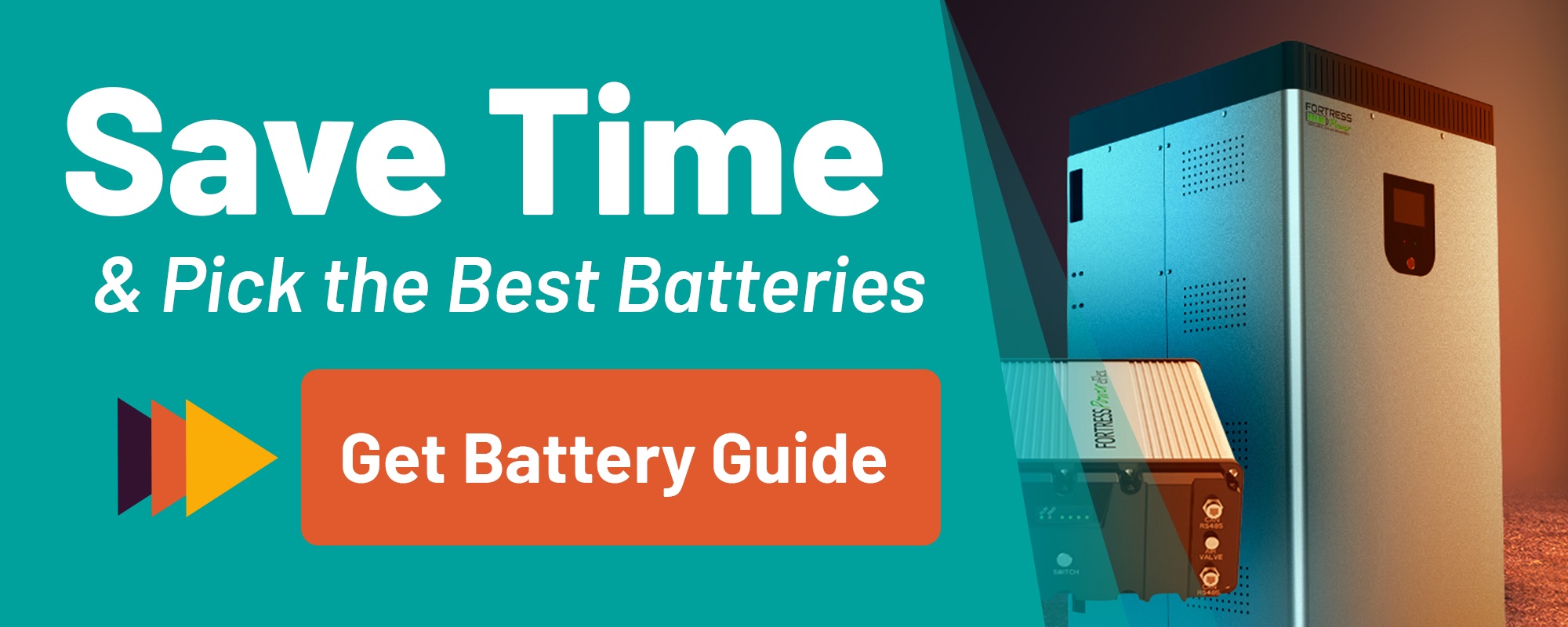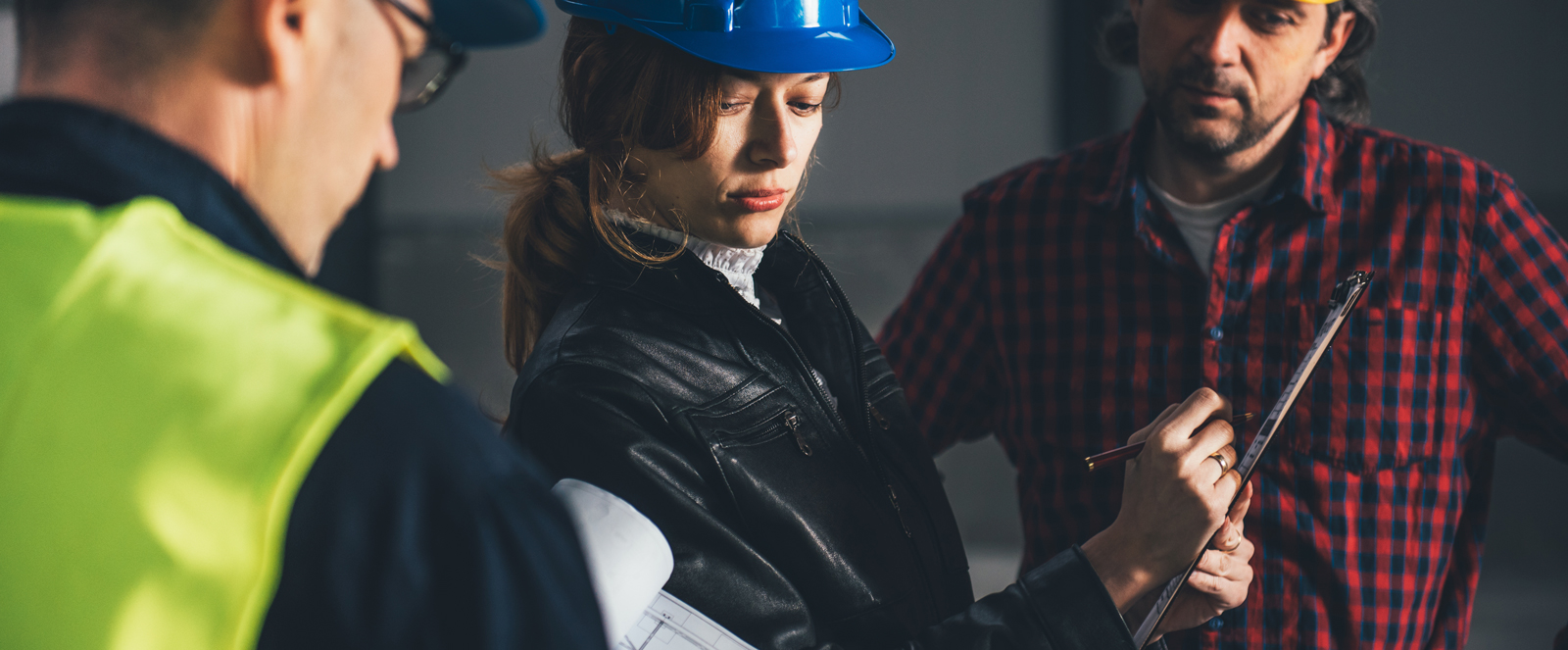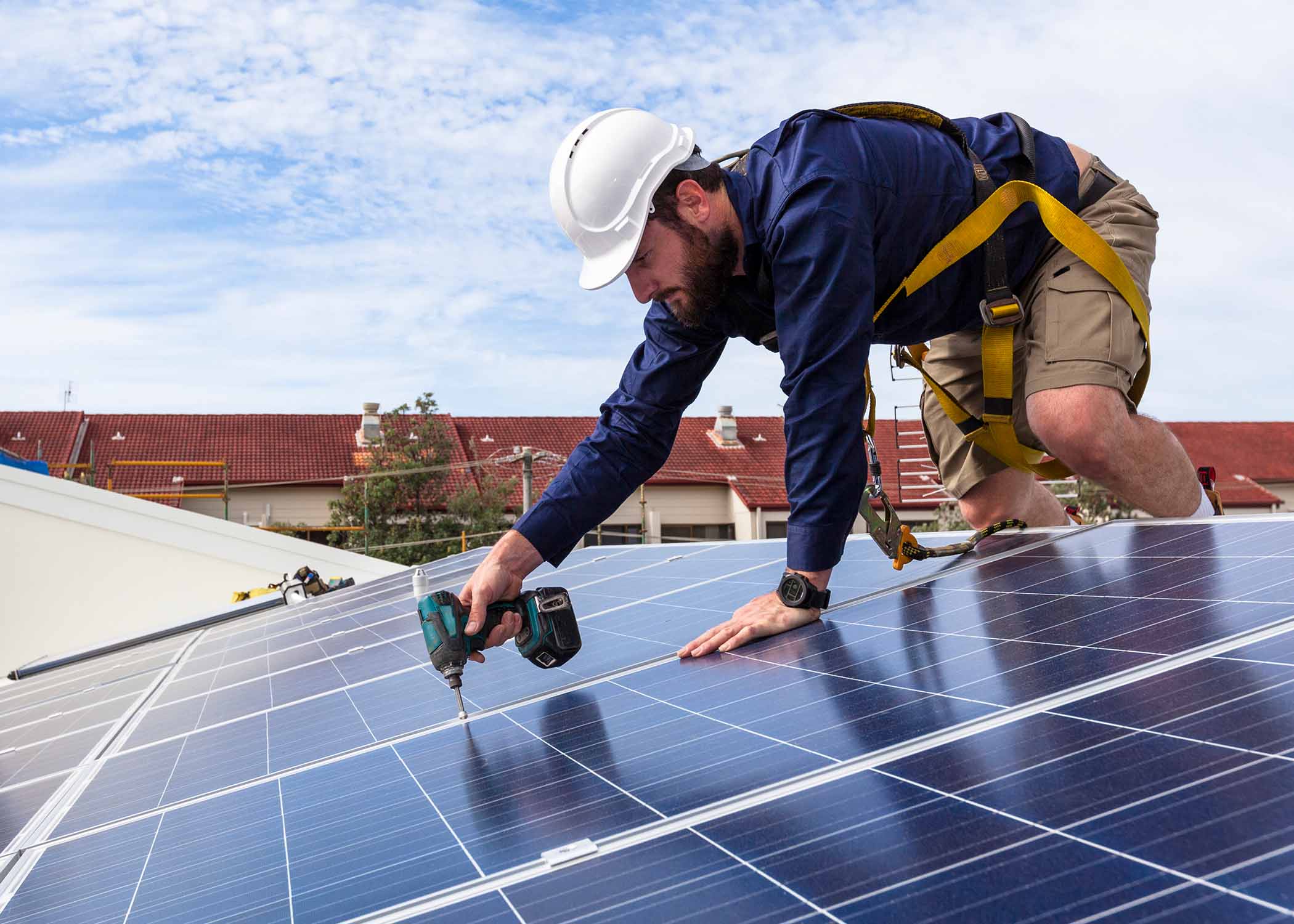Whether disasters take the form of hurricanes, wildfires, or snowstorms, they all have the power to take down powerlines or make powerplants inoperable.
When this happens, emergency solar power can be a lifesaver.
Even so, most homeowners invest in a backup generator that runs on gas, diesel, or propane.
Has solar energy advanced far enough for you to trust that it will work in an emergency?
1. The Type of Emergency Makes a Difference
From record-heat waves in Alaska to snowstorms in Texas, it’s become impossible to predict what weather conditions might look like anywhere.
You likely have an idea of the natural disasters that affect your area.
When planning for your emergency solar power system, keep these in mind.
For example, if your area experiences snowstorms, you might find it helpful to keep your panels at ground level.
This makes it easier to clear away the snow or ice.
2. Solar Power Is More Reliable Than the Grid
Solar is Earth’s most abundant resource.
Therefore, solar systems have a much lower likelihood of failing than the power grid.
The lines that connect your home to the solar do not travel for miles and miles.
Instead, most or all of it is contained on your property.
This means that an event happening across the street is unlikely to affect your solar power grid.
You can also expect reliable performance from your batteries if you keep them charged and follow the manufacturer’s recommendations.
Be sure to stick to well-known brands with a reputation for good warranties and customer service.
3. Self-Sustaining Emergency Solar Power Systems Work Best
The best emergency solar systems are the ones you design to be self-sustaining.
Your batteries should receive a trickle charge from your solar panels, even if you remain tied to the grid.
Then, when the power goes out, the emergency system comes on automatically.
Taking the manual work out of your emergency system ensures that it works.
Imagine what might happen if you were away from home during a wildfire, and the fridge, home security, and outdoor fire sprinklers failed to come on because no one switched to emergency backup power.
4. Grid-Tied Systems Could Stop Working During Emergencies
When it comes to solar, homeowners often debate whether to remain connected to the grid.
In some jurisdictions, the answer could become an easy one.
During a power outage, connecting to the grid for net metering could paralyze your solar panels.
If solar panels continued to pump electricity into the grid, workers attempting to do maintenance work could become electrocuted.
Consequently, homeowners should either set up a backup system separate from the grid or create a switch that disconnects the system from the grid.
5. You Can Supplement Your Emergency Solar Power
There is no need for an either-or situation when it comes to creating an effective backup system.
The best solutions consider multiple components.
This ensures that if one thing fails, another thing saves the day.
Here are some of the many other sources of power that you can use to supplement your backup solar system:
- Gas or diesel generators
- Propane or natural gas generators
- Propane or butane cooking supplies
- Wind energy
- Hydropower
6. You Can Include Independent Micro Solar Systems
Create even more capacity in your emergency solar backup system by using smaller, independent systems.
These rely on solar but do not tap into the central power bank.
Consider the following additions to your emergency solar power system:
- Solar-powered water heater
- Solar-powered lights
- Solar-charged surveillance cameras
- Solar ovens for cooking
- Small solar battery packs or small solar generators
7. You Need to Choose the Essentials
Take some time to decide which functions in the home are indispensable during an emergency.
Remember that the fewer items you add to your backup system, the longer it can last.
Consider these items and functions above all others:
- Refrigeration to prevent food spoilage and potential food poisoning
- Energy-efficient cooling or heating during severe temperatures
- Home monitoring and security to protect the home and its occupants
- 12-volt outlets to provide USB and USB-C charging for devices
- Interior and exterior lighting
8. Energy-Efficient Appliances Help Emergency Solar Power Last Longer
Most homeowners do not have the resources to pay for indefinite solar or large capacities.
To ensure you make better use of whatever capacity you install, turn to ENERGY STAR appliances that consume less power.
It would be best to consider lower wattage when looking at some appliances, such as microwaves or laptops.
An ENERGY STAR refrigerator might use less than half the power as a standard model.
Likewise, LED light bulbs draw far less power than incandescent bulbs.
Installing a few of these energy-efficient options will help your emergency solar system last longer when the grid is down.
9. Government Incentives Boost Affordability
The cost of installing emergency solar power fell drastically over the past decade.
This did not only result from advancements in tech.
Several states and local governments provide tax credits, rebates, and other incentives to encourage homeowners to install solar.
The federal government has also repeatedly extended the solar tax credit.
It currently provides a 26% tax credit for systems installed and running by the end of 2022.
Homeowners who install systems in 2023 receive a 22% tax credit.
The credit expires in 2024.
10. Community Investments Improve Solar Accessibility
Community solar is becoming increasingly popular across the country.
It makes solar a more feasible option for homeowners who could not otherwise afford the cost alone.
It also makes it more accessible to homeowners who might not have enough room on their properties to support a massive solar array.
When you use community solar for emergencies, invest in a big battery bank and supplementary systems.
This ensures that you have storage and additional options if your neighbors burn through the capacity quickly once disconnected from the grid.
A Partner Whose Got Your Back (and Back-up!)
Are you ready to create your emergency solar power system?
We at Unbound Solar can help you design your system.
We can then ship the parts and walk you through the installation process.
Request your quote to get started!



